New symbols in the fire hydrant style: water tanks (with capacity) and suction points / fire water ponds:
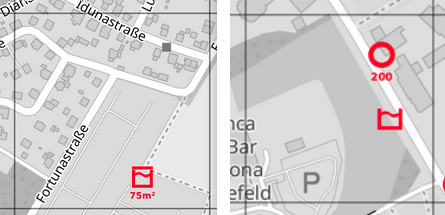
A playground for OSM related stuff
I’m planning to add a “bring your own GPX track” feature that allows to upload a GPX track to put on any given map as an overlay, including automatic bounding box detection.
This could e.g. be used to produce custom hiking maps from tracks downloaded from WayMarkedTrails.
The image below shows a first attempt, showing a track with a single way point (and obviously without bounding box detection yet).
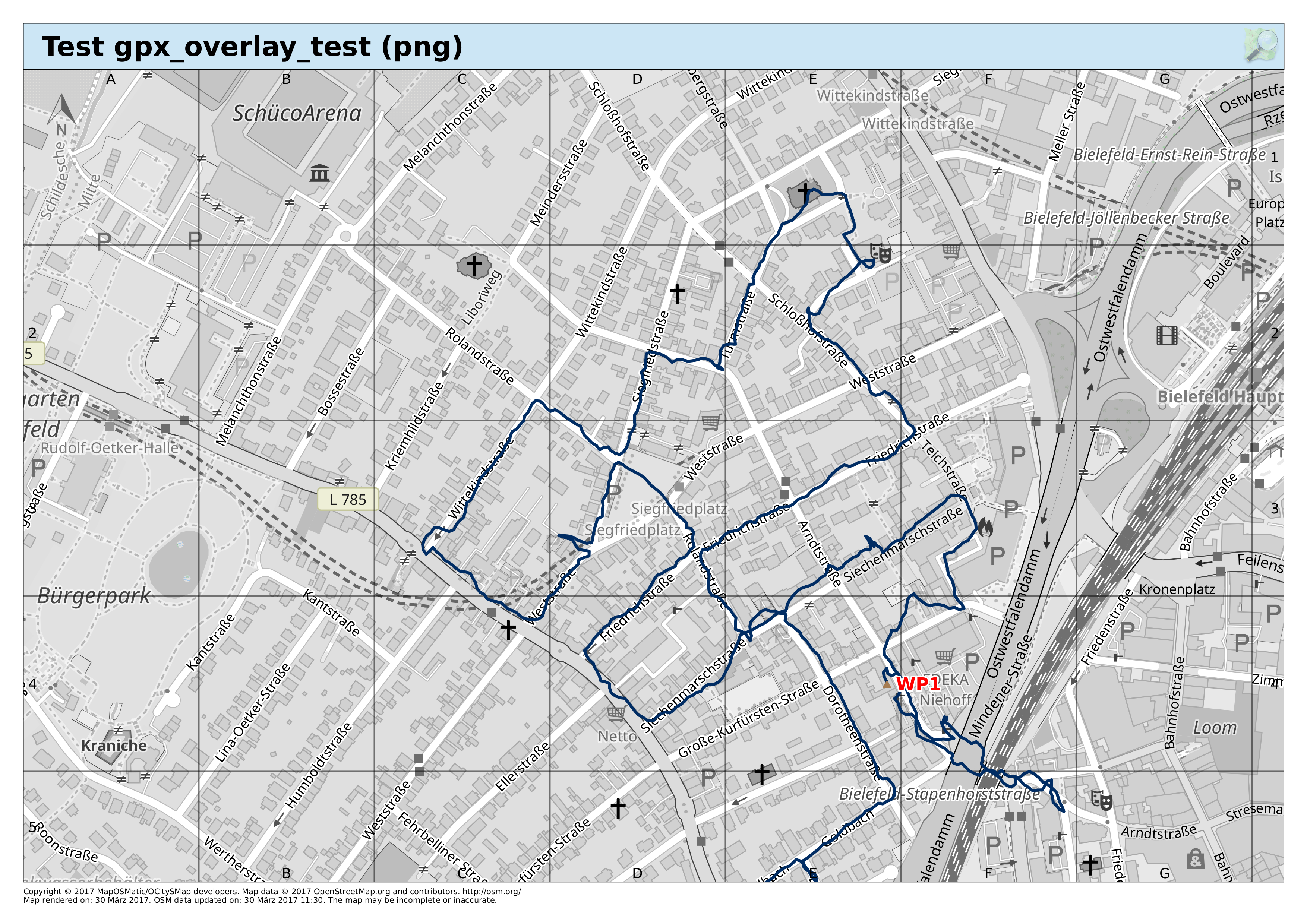
As part of the testing process I now generate samples of all base and overlay styles for a predefined area, measuring the time it takes to render (with all three result formats linked) and creating a list of thumbnail PNGs on an overview page, linking to the actual full size PNGs.
Next step: integrate the thumbnails into the style selection part of the “new map” form in some clever way …
A small addition to the Fire Hydrant Overlay: defibrillators.
WayMarkedTrails overlays for hiking routes etc. are currently not available as the underlying database needs to be reimportet.
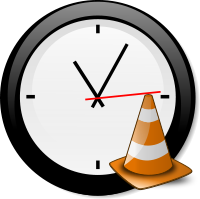
First result of the hallway discussion after yesterdays conference talk: I can now offer the OpenPtMap style as a new overlay choice for displaying public transport routes.
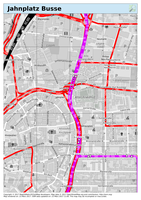
I gave a talk about the current state of my MapOSMatic instance on day one of the FOSSGIS 2017 conference in Passau (Germany) yesterday.
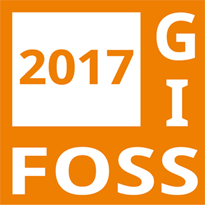
Rendering PDF, PNG and SVG output makes Mapnik execute the same set of queries three times in a row. This has two effects:
By using the PostgreSQL Query Cache with a cache time of 10 minutes rendering the additional formats takes less time as query results can be reused, this also guarantees that all three formats are rendered using the same data.
On the other hand re-issuing a render request within less than ten minutes will not show changed data. This shouldn’t be much of an issue though as right now OSM changes are only processed every 15 minutes anyway.